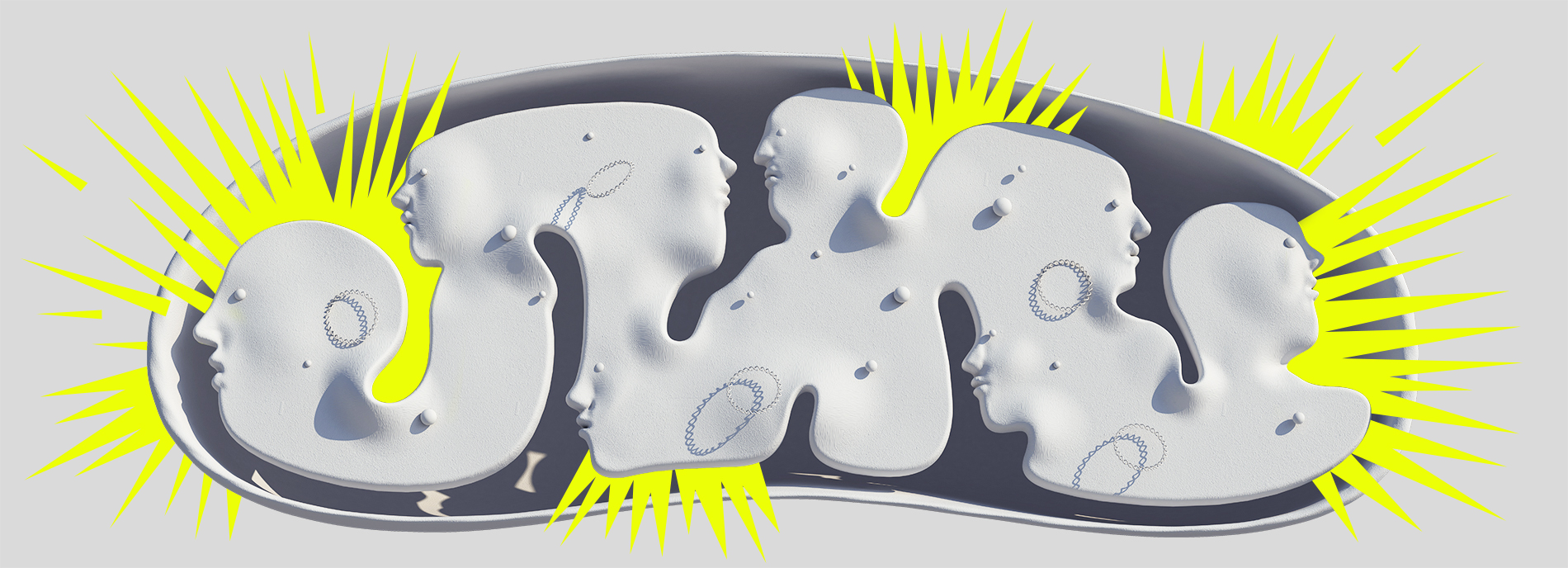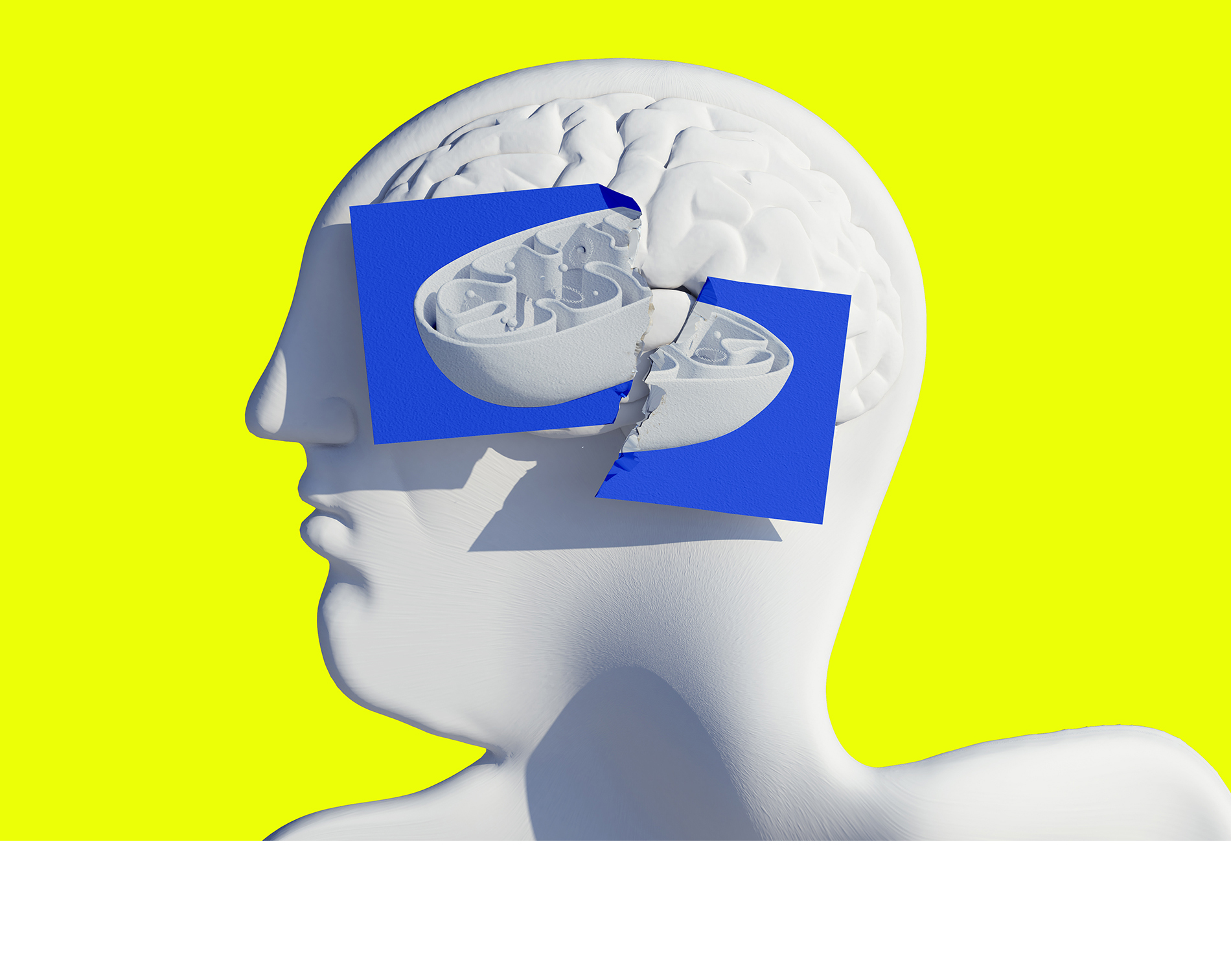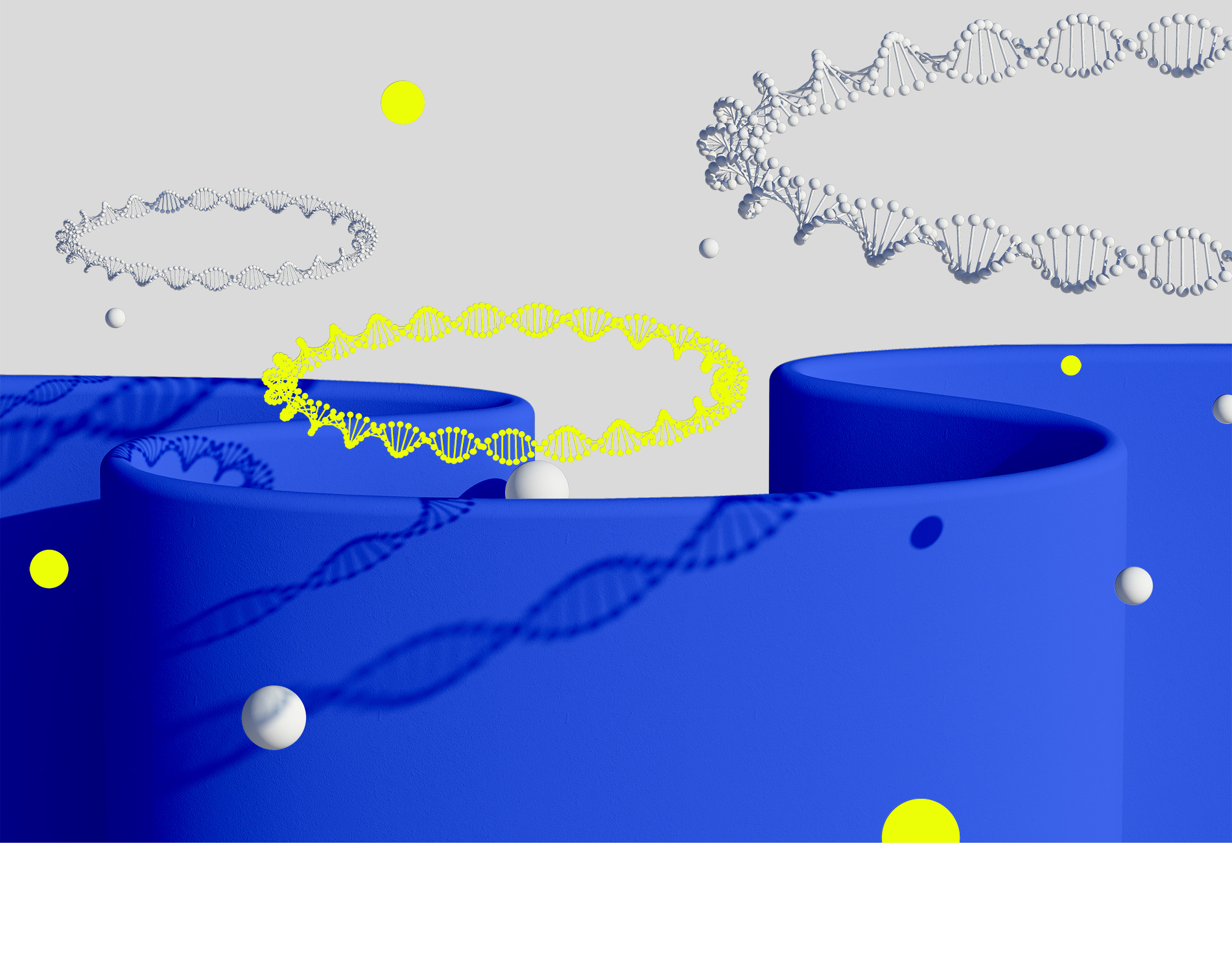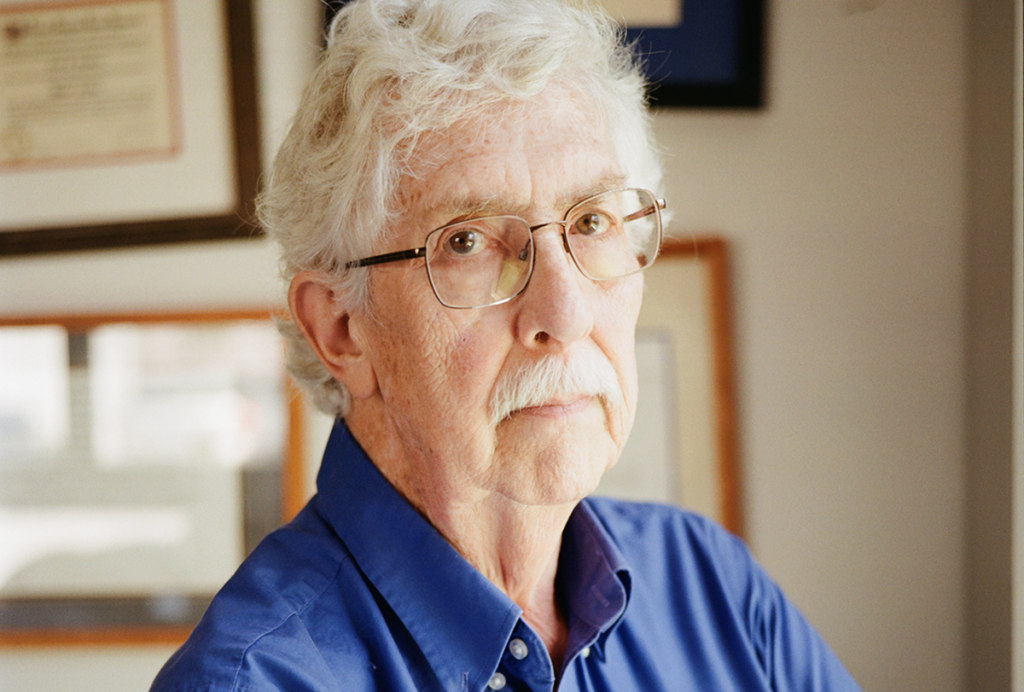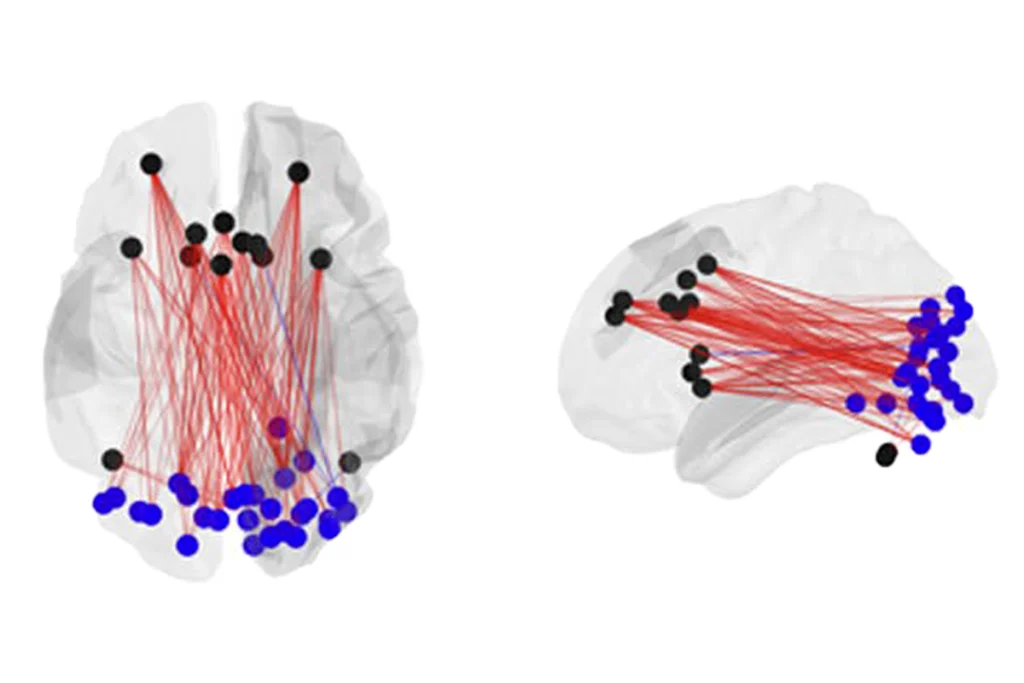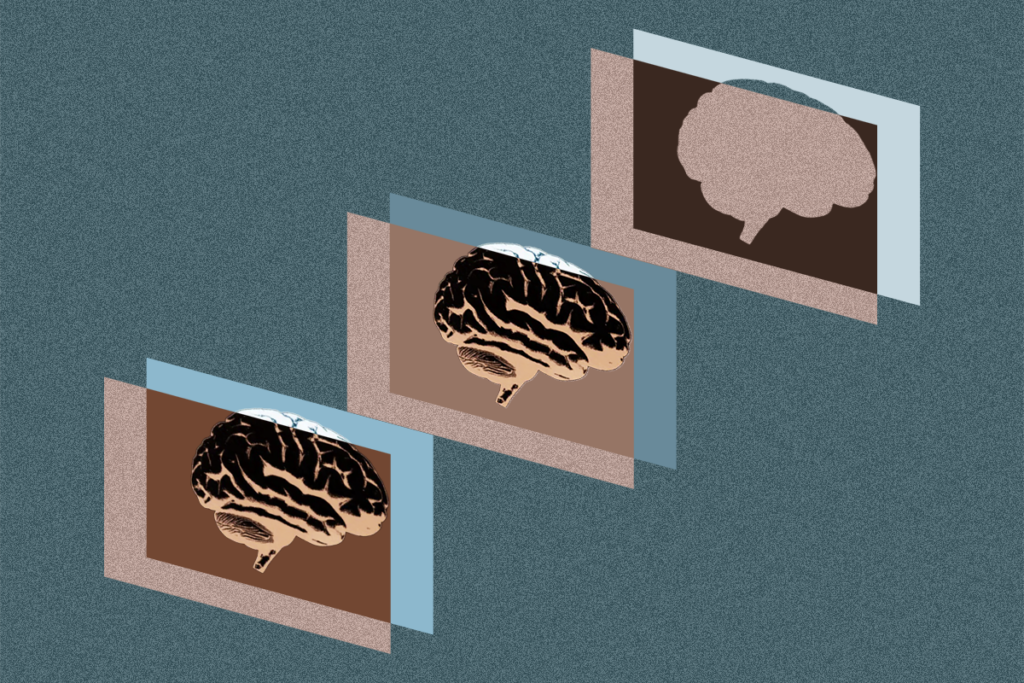Central hub:
W
allace — who earlier this year was denied a grant to continue his mouse studies of mitochondrial function in autism — is not dissuaded by difficulty. He thinks most forms of autism are tied to mitochondria, and that many autism-linked genes play as-yet undiscovered roles in mitochondrial function. Some mouse models of autism support the latter idea. Mice missing a stretch of DNA called 22q11.2, a mutation associated with autism, have both
misshapen mitochondria and neurons with structural deficits, a 2019 study showed. Giulivi and her colleagues reported in 2012 that mice that under-express the autism-linked gene
PTEN also have
low levels of a protein mitochondria use to produce energy.
Similarly, mice missing FMR1, the fragile X syndrome gene, show signs of metabolic stress and reduced expression of two genes that help mitochondria fuse together, something they often must do to meet energy demands, Zhao and her colleagues showed in 2019. Findings such as this suggest that many underlying causes of autism produce mitochondrial dysfunction, making mitochondria a “central hub” of the condition, Jonas says.
Some mitomaniacs also contend that mitochondria could help account for the many autism-linked traits and challenges that arise outside of the brain, such as gastrointestinal issues and motor problems. After all, virtually all parts of the body rely on mitochondria, to varying degrees. For example, mouse models of two different autism-linked conditions have different body weights, burn calories differently and have different metabolites in their blood than both control mice and each other, according to a study published in March.
The influence of mitochondria may even extend beyond autism, Novarino says. “Certainly it looks like mitochondria and mitochondrial DNA is an emerging pathway or emerging cause of autism, but I don’t think it’s specific to autism,” she says. “It’s an emerging part of brain development.”
Mitochondrial problems are likely to have the most impact during mid-fetal development, when autism is thought to arise. In one theory, inborn mitochondrial disease makes the developing brain more susceptible to other environmental hits, causing changes that lead to autism, Gu says. “Somehow their mitochondrial homeostasis is not as stable or as robust as other kids,’” he says. “So any stress — it could be a virus, it could be environmental stress — can trigger this whole different development.”
Gu and his team are analyzing cord blood from 1,000 children with autism, as well as mtDNA samples from their mothers, to see if the mutations appear prenatally. If so, it’s more likely the mutations are influencing the condition. Preliminary results seem to support his 2016 findings, Gu says.
For fragile X syndrome, researchers have a more specific hypothesis. Early in development, mitochondria have channels in their inner membranes through which protons leak, much like the hole near the top of a bathroom sink prevents the sink from overflowing. Later in development, the holes close, prompting a switch in metabolic processes. If that doesn’t happen, or happens too late, synapses may not form correctly, Jonas has shown in human cells. And in fragile X mice, mitochondria remain leaky — and must work extra hard to keep energy levels stable, Jonas and Levy have shown. “We think that’s a normal developmental stage that just has never closed,” Jonas says.
If so, it may be possible to treat fragile X by closing that leak, something Jonas and her colleagues did by bathing mouse neurons in dexpramipexole, a drug tested (unsuccessfully) in people with amyotrophic lateral sclerosis. The drug binds to the enzyme that synthesizes ATP, which may close the leak and thereby improve mitochondrial function, although the process is still unclear. Injecting fragile X mice with dexpramipexole reduced excessive grooming and nest shredding, a proxy for repetitive behaviors in people.
Such a treatment might also ease difficulties associated with other forms of autism, Jonas says. The leak doesn’t appear to be directly related to the FMRP mutation, she says, and it’s likely that mitochondria are crucial for the early development of synapses, a process that lays the groundwork for the brain’s circuitry.
Another potential treatment for issues associated with autism is a compound called M1 that boosts mitochondrial fusion. When Zhao treated her fragile X mice with M1, they became more social and had better memory. And in unpublished work presented at the 2021 Society for Neuroscience meeting, researchers found that injecting Rett syndrome mice with the oral anesthetic dyclonine made the mice live longer and improved their mitochondrial function, as well as their breathing, motor skills and limb strength. These effects were comparable to experimentally boosting expression of the antioxidant enzyme catalase in the animals.
Yet few drugs that target mitochondria are in human trials for Rett, fragile X or other forms of autism. As of now, the options are limited. “We don’t have a lot of good fixes for mitochondria,” Gargus says. “That’s the real problem.”
Another problem is drawing a direct line from mitochondrial defects to autism. Jonas is looking into whether such defects, for instance the persistent leak she described, alter nuclear gene expression in neurons. She and her colleagues are also examining, in cells and mice, whether closing the leak with drugs could nudge the brain into reforming altered circuits. Zhao is studying human neurons to better understand how FMR1 might regulate mitochondrial fusion; she aims to trace pathways that connect mitochondria to autism and thereby identify treatment targets.
